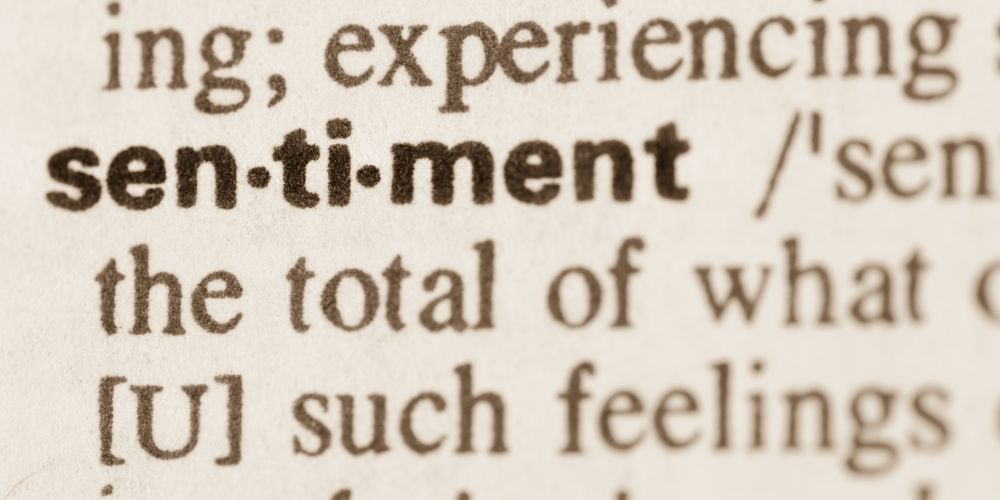Sentiment Analysis is the latest AI tool to hit the eDiscovery market, and it is causing quite a stir!
Since its launch, the team here at Altlaw have been testing this new tool on a wide variety of documents to assess its capabilities and determine if it has a place in our eDiscovery processes. We are thrilled to say that, so far, we have found this tool to be very effective and we are looking forward to implementing it in our workflows to boost results for our clients.
As it looks like Sentiment Analysis is here to stay, we would like to take this opportunity to go into a little more detail about what Sentiment Analysis actually is, how it works and what you can expect from using it in your projects.
What is Sentiment Analysis?
Sentiment Analysis is an AI tool within the RelativityOne platform that scores documents based on the likelihood that they contain indications of a pre-specified sentiment or multiple sentiments. The sentiments currently available to us within RelativityOne are positivity, negativity, anger and desire. Analysis of documents in this way allows us to build a deeper understanding of the context surrounding communications and allows us to detect unusual or anomalous interactions between key actors in your case.
Sentiment Analysis can help boost the efficiency of your review in a couple of key ways. Firstly, it can provide a high-level overview of your documents, therefore allowing you to review them based on the type of documents that are likely to be relevant to your case. Secondly, it can help locate the catalyst documents that can change the course of your case by highlighting anomalous communications.
How does it work?
Sentiment Analysis scans your documents sentence by sentence and assigns each sentence a numerical confidence score based on the likelihood of that sentence containing the sentiment you are searching for. The higher the confidence score, the more likely that the specific sentiment is present in the sentence. Certain words are tied to certain sentiments, eg. 'hate' would be tied to anger and 'want' would be tied to desire.
You can scan your documents for a single sentiment, all sentiments or any combination of sentiments and a confidence score will be provided for each sentence and each sentiment. You can also run sentiment analysis at any time throughout your project or multiple times - the results for previous runs are not overwritten, so if you do an initial scan for negativity and then a scan for desire a week later, all of your negativity data will remain.
There are some limiting factors in place to ensure that your results are as accurate as possible:
- A maximum of 1000 characters per sentence are analysed.
- No score/analysis is given to special characters/images or numerical strings.
- Stop words such as 'and', and 'the' are not analysed.
- The confidence score of each sentence is not affected by any of the surrounding sentences. The overall content of the document is not taken into account when scanning for sentiment. This is in contrast to their machine translation tool Relativity Translate.
The process of actually running a Sentiment Analysis scan is remarkably simple. You simply choose the document set you wish to be sampled (a maximum of 300,000 documents at a time), select the sentiments you wish to scan for, run the mass operation and review the results!




